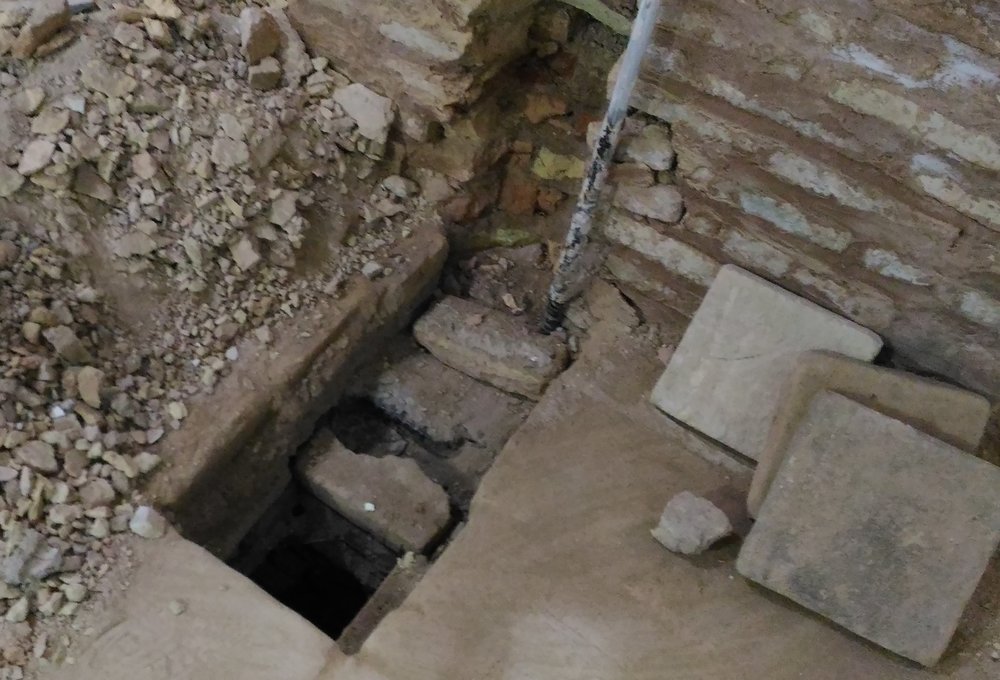Water tunnels have been discovered in the historical Imam Mosque in Isfahan during recent excavations, the head of Isfahan Province’s office of Iran’s Cultural Heritage, Handicrafts and Tourism Organization said.
Speaking to IRNA, Fereydoun Allahyari added that the tunnels were discovered about 4 meters underground.
“Two wide and long tunnels and several shorter ones have been found, further testament to the complexity of this beautiful structure,” he said.
The mosque is located near the 400-year-old Naqsh-e-Jahan Square, a world heritage site since 1979.
“One tunnel is 12 meters long while the other is 34 meters in length, with the shorter one traversing east to west and the longer aligned north to south,” he said.
Allahyari noted that the discovery gives credence to the idea that there might be a complicated underground structure beneath the massive square, which dates back to the Safavid era (1501-1736).
“The tunnels are being closely studied to be documented and restored, if need be,” he said.
Also known as Shah Mosque, Imam Mosque is an iconic structure incorporated into the design of the Iranian 20,000-rial banknote. Its construction began in 1611 and it took 18 years to complete.
Due to the use of seven-color mosaic tiles in its construction and beautiful calligraphic inscriptions, the mosque is among the most beautiful and widely photographed structures of Isfahan..


